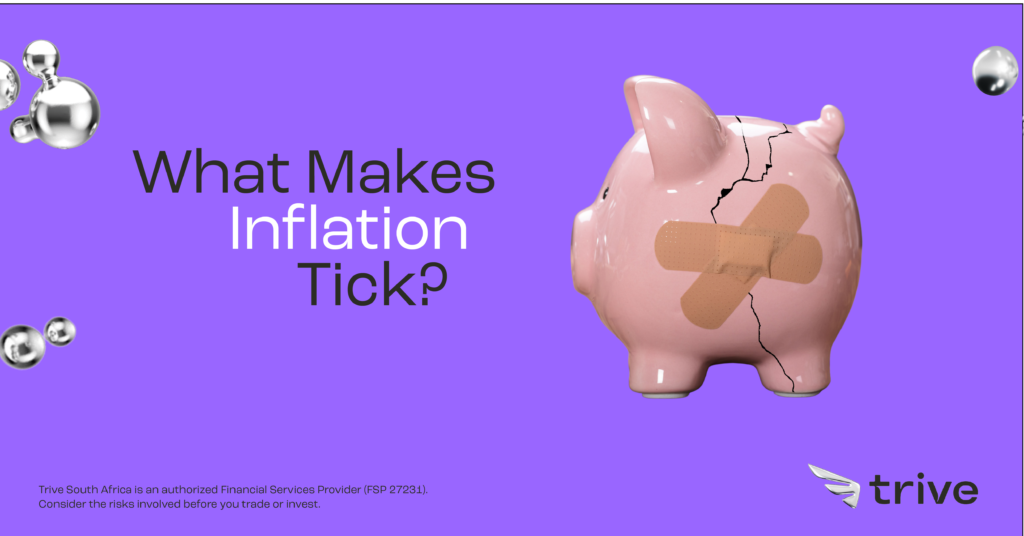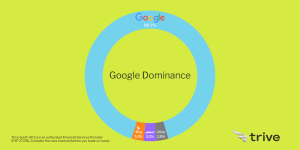
Inflation has been a hot topic of discussion over the last year in the rising interest rate environment and could remain a topic for some time. The simplest definition is the rate of price increases or the increase in the cost of living over a given period. A basket of selected goods and services can measure the price increase.
Understanding inflation
What happens during inflation?
It is relatively easy to measure price changes of products over time, but humankind’s needs usually extend beyond just one or two products. Humans tend to use diversified products and services to live a comfortable life. This includes commodities ranging from food to metals to Utilities like electricity and transportation, as well as services like health care and labor.
While inflation measures the overall impact of price change, one unit of money buys fewer goods and services if prices rise over time. The loss of purchasing power leads to a deceleration in economic growth. The consensus is that sustained periods of inflation occur when a country’s money supply growth outpaces economic growth.
To combat this effect, central banks like the South African Reserve Bank (SARB) take steps to manage the supply of money and credit to curb inflation and keep things running smoothly.
Steps that lead to inflation:
The increased money supply is the leading cause of inflation and can play out through different mechanisms in a country’s economy. Some of those mechanisms include:
- The most common method used by central banks is repurchasing government bonds from banks on the secondary market.
- It is printing more money and giving away more money to the country’s citizens.
- Legally devaluing its currency.
In all the above cases, money ends up losing its purchasing power. The drivers of inflation can be classified into three types:
Demand-Pull Inflation: The demand-pull effect happens when the money supply and credit increases stimulate the overall demand for goods and services to rapidly increase an economy’s production capacity. This increases demand and leads to rising prices. Positive consumer sentiment, in turn, leads to higher spending levels, which pulls prices higher.
Cost-Push: In essence, this is when production costs increase prices. For example, when money supply increases are channeled into consumer markets, costs for all kinds of consumer goods rise.
Inflation expectations:
Built-in inflation is when consumers expect current inflation to continue well into the future. As prices of goods and services rise, consumers will demand more wages to maintain their living standards. These wage increases will result in more spending and higher costs of goods and services, and this spiral of wages and higher prices continues as one factor induces the other.
How to measure inflation
Types of price indices
Inflation is measured in various ways depending on the types of goods and services. Let’s look at three of the most popular methods:
The Consumer Price Index (CPI): Certainly, the most popular measure of inflation is the consumer price index, or just CPI, which measures the prices of a basket of goods and services. This basket of goods consists of primary consumer needs like food, medical care, and transportation. Changes in the consumer price index indicate changes associated with the cost of living, making CPI data one of the most frequently used statistical tools for identifying periods of inflation.
The Wholesale Price Index (WPI): Next to CPI, the Wholesale Price Index (WPI) tracks the changes in the price of goods in stages before the retail level. The items that WPI tracks change from country to country but mainly include items at the producer or wholesale levels, like cotton, cotton yarn, and cotton clothing.
The Producer Price Index (PPI): The PPI Index is another popular index used to measure inflation. PPI measures the change in selling prices received by domestic producers of intermediate goods and services over time. PPI differs from CPI in that PPI measures price changes from the seller’s perspective, whereas CPI measures price changes from the buyer’s perspective.
Is inflation good or bad?
Advantages and Disadvantages of Inflation
Believe it or not, periods of high inflation have advantages; for instance, people with properties may like to see some inflation pull through as that could raise the price of their properties, which they can sell at a higher rate. In this respect, a disadvantage would be that buyers of these properties will shell out more money.
Optimum inflation levels encourage spending rather than saving, which could be another advantage. As the purchasing power of money diminishes over time, there could be a greater incentive to spend now rather than to save and spend later. This spending increase boosts economic activity in a country if inflation remains at optimal levels. A disadvantage is that even a low inflationary environment may lead to economic problems.
Disclaimer: Trive South Africa (Pty) Ltd, Registration number 2005/011130/07, and an Authorised Financial Services Provider in terms of the Financial Advisory and Intermediary Services Act 2002 (FSP No. 27237). Any analysis/data/opinion contained herein are for informational purposes only and should not be considered advice or a recommendation to invest in any security. The content herein was created using proprietary strategies based on parameters that may include price, time, economic events, liquidity, risk, and macro and cyclical analysis. Securities involve a degree of risk and are volatile instruments. Market and economic conditions are subject to sudden change which may have a material impact on the outcome of financial instruments and may not be suitable for all investors. When trading or investing in securities or alternative products, the value of the product can increase or decrease meaning your investment can increase or decrease in value. Past performance is not an indication of future performance. Trive South Africa (Pty) Ltd, and its employees assume no liability for any loss or damage (direct, indirect, consequential, or inconsequential) that may be suffered from using or relying on the information contained herein. Please consider the risks involved before you trade or invest.




